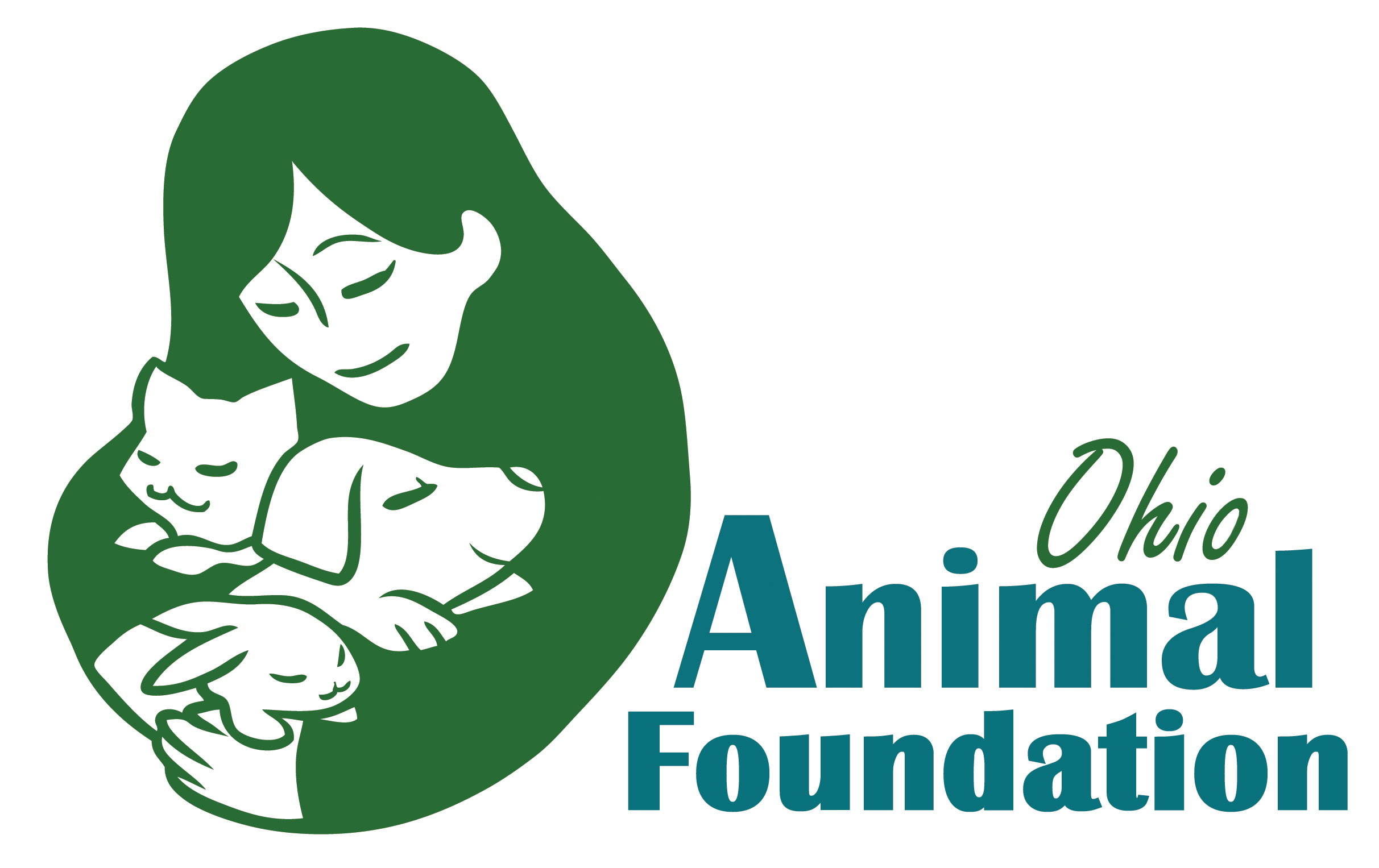It’s hard for someone who visits Brukner Nature Center to not walk away with a better understanding of the wildlife that’s around them every day.
The Troy, Ohio nature center offers wildlife encounters and educational opportunities to all of those who seek to understand, appreciate and better protect our animal friends. “We strive to be a leader in environmental education, focusing our efforts on wildlife, including their natural history, amazing adaptations and habitat requirements. Our 235-acre preserve encompasses a variety of habitats, providing homes for a diversity of wildlife,” explains Susan Kalkbrenner, grants writer with Brukner Nature Center (BNC).
As Brukner celebrates its 50th year this year, the staff look forward to doing what they can to help rehabilitate and, when possible, release animals back into the wild.
Their Wildlife Rehabilitation Unit has highly-trained staff who care for injured and orphaned native Ohio wildlife, as well as answer questions from an after-hours wildlife hotline. “The Wildlife Rehabilitation Unit goals are to educate people regarding the natural history of Ohio’s wildlife, to offer help and advice when wildlife and people conflict, and to care for, rehabilitate and release native Ohio wildlife expected to survive in the wild,” Susan says. With the help of grants from funding organizations like the Ohio Animal Foundation (OAF), BNC has been able to improve its success rate of rehabilitating and releasing songbirds back into the wild. OAF grants in both 2021 and 2022 enabled BNC to carry out its goals of improving songbird care through better housing and nutrition, and thus increasing the success of target release rates of songbirds.
“Our care of songbirds has improved over the last several years and can be directly attributed to the equipment and supplies funded through these grants. In 2023, we accepted 20 ruby-throated hummingbirds for care and rehabilitation, a historically large number. The six 15” x 15” x 30” heavy duty mesh enclosures were perfect for songbirds and allowed the birds to recuperate and/or grow within a space that was gentle on their feathers. This was especially true for the hummingbirds! We released 8 of them – a 40% release rate which is high for this delicate species,” said Susan. Additionally, surveillance cameras with LCD displays allowed the staff to safely monitor the birds progress in a way that did not disturb them.
Visitors to BNC can check out the Interpretive Building, home to interactive nature displays, investigate live wildlife exhibits and a relaxing Tree-top Bird Vista. Visitors may also meet one or more of the 50 wildlife ambassadors that are permanently injured wildlife native Ohio and unable to be returned to the wild, according to Susan.
BNC strives to educate a range of age groups, from preschoolers through school programs to senior citizen outreach. Those at the Center teach the public about adaptations, habitats and history of various aspects of Ohio wildlife.
“Many people know more about the oceans or rainforests than the wildlife in their own backyards, and our goal is to change that. We hope they gain a respect and empathy for wildlife and wild places and become lifelong advocates for wildlife conservation,” Susan said.
Interested in helping out? There are opportunities to volunteer and contribute to the Center. Volunteers play an important role in education programs, and BNC’s member newsletter offers a wish list for the Center, as well as wish lists on Chewy and Amazon.
Brukner Nature Center’s Interpretive Center and Wildlife Rehabilitation Campus is located at 5995 Horseshoe Bend Rd., Troy, Ohio. Visit them at http://bruknernaturecenter.com/go-birdwatching!.html, for more information and to learn how to become more involved.
